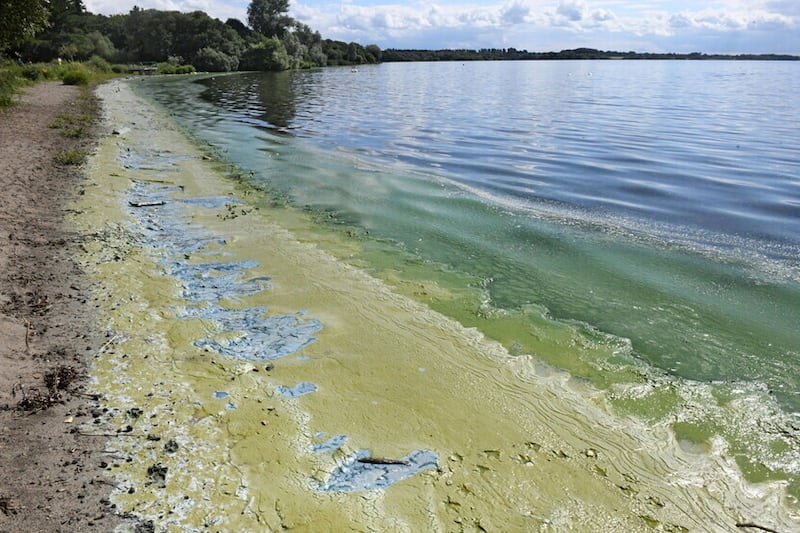Last year was the north's hottest on record as annual temperatures continue to climb, a new report has revealed.
The report by the NI Statistics and Research Agency (NISRA) was commissioned by Stormont's Department of Agriculture, Environment and Rural Affairs (DAERA).
It found the mean annual temperature in the north has been "steadily increasing since the end of the 19th century", with the number of days when the temperature exceeded 20C also "increasing in the same timescale".
The 'Northern Ireland Environmental Statistics Report' follows the single hottest day ever recorded in the north two years ago.
Mercury climbed to 31.3C in Castlederg, Co Tyrone on July 21 2021 - the highest temperature recorded in NI to date.
Last year saw the highest temperature for 2022 - 31.2C - recorded in Derrylin, Co Fermanagh.
The mean annual temperature was calculated from records kept at the Armagh Observatory, the report states.
"The ten year moving average trend line shows that the mean annual temperature reached a low towards the end of the 19th century, and has been steadily increasing since," it said.
"By the end of the 20th century, the ten-year moving average temperature had risen to its highest levels since the temperature records began. The lowest mean annual temperature (7.35oC) was recorded in 1879. The mean annual temperature in 2022 (10.78oC) was the highest ever recorded."
Meanwhile, the data also found that roadside nitrogen dioxide levels have decreased since 2011.
"Weather conditions can be a contributing factor to some periods of poor air quality and subsequent elevated levels of air pollutants," the report states.
"This is true of hot, sunny weather which can lead to higher levels of ozone, and winter weather where temperature inversions can lead to increased levels of pollutants, especially particulate matter, at ground level."







